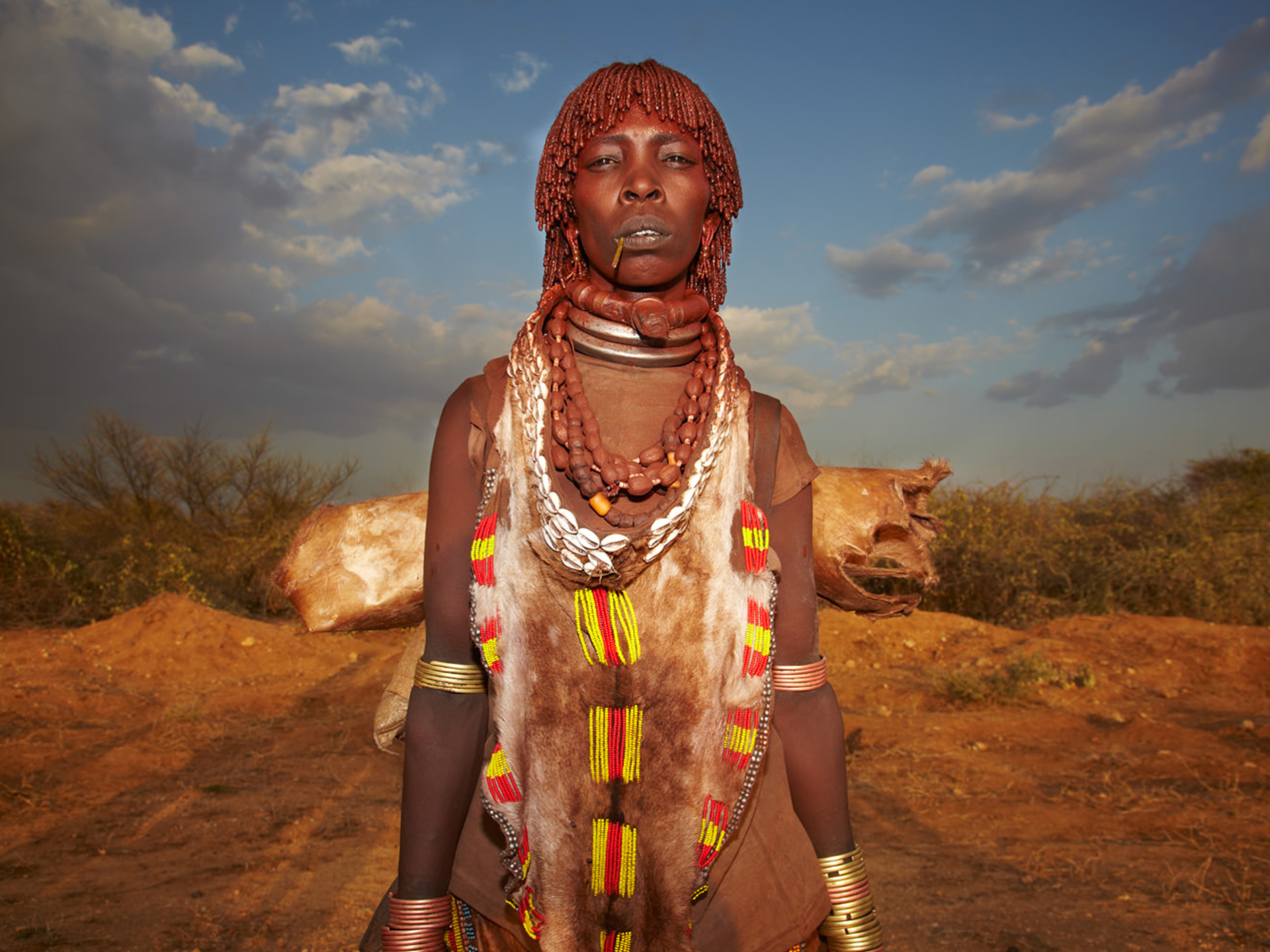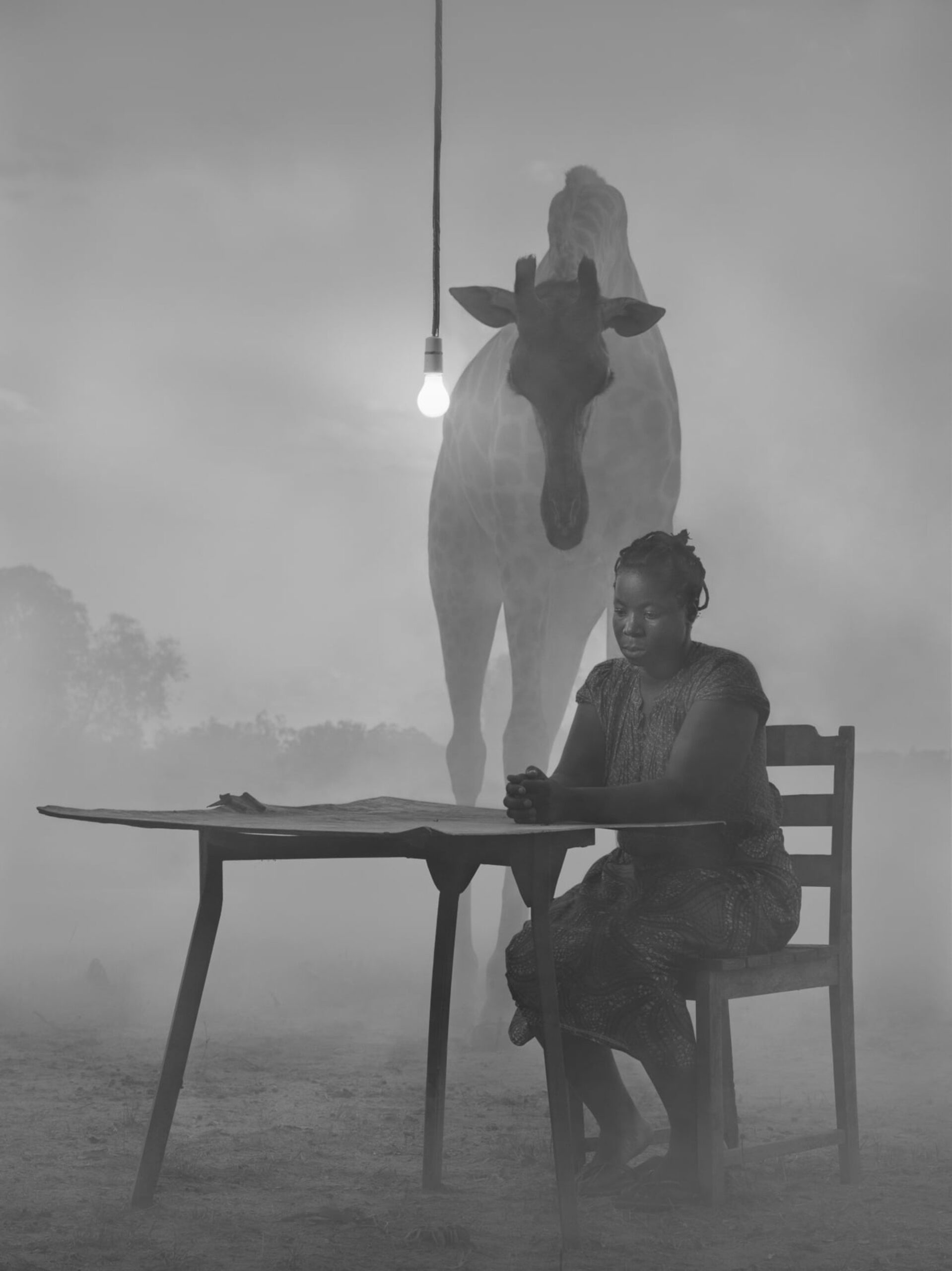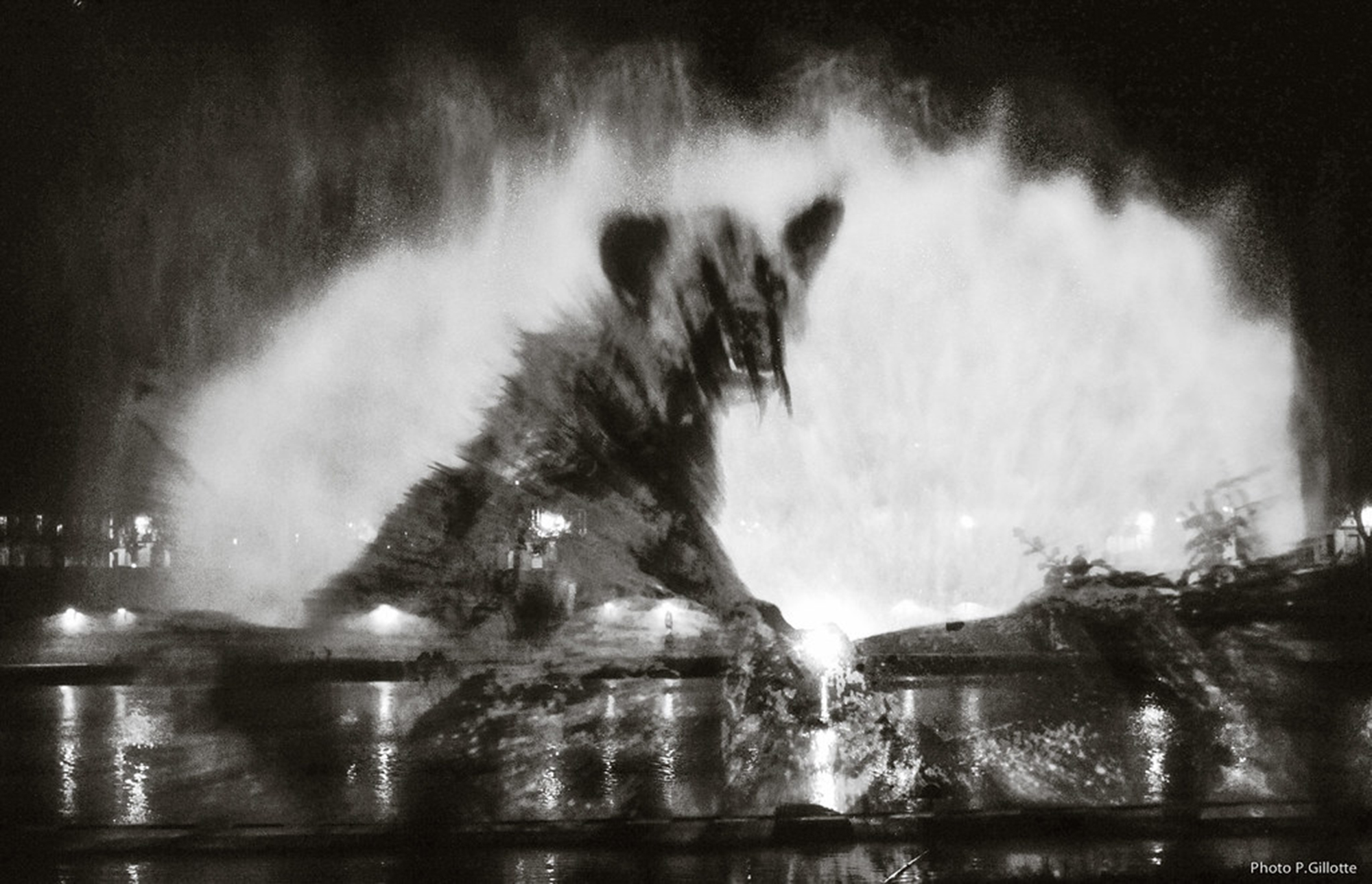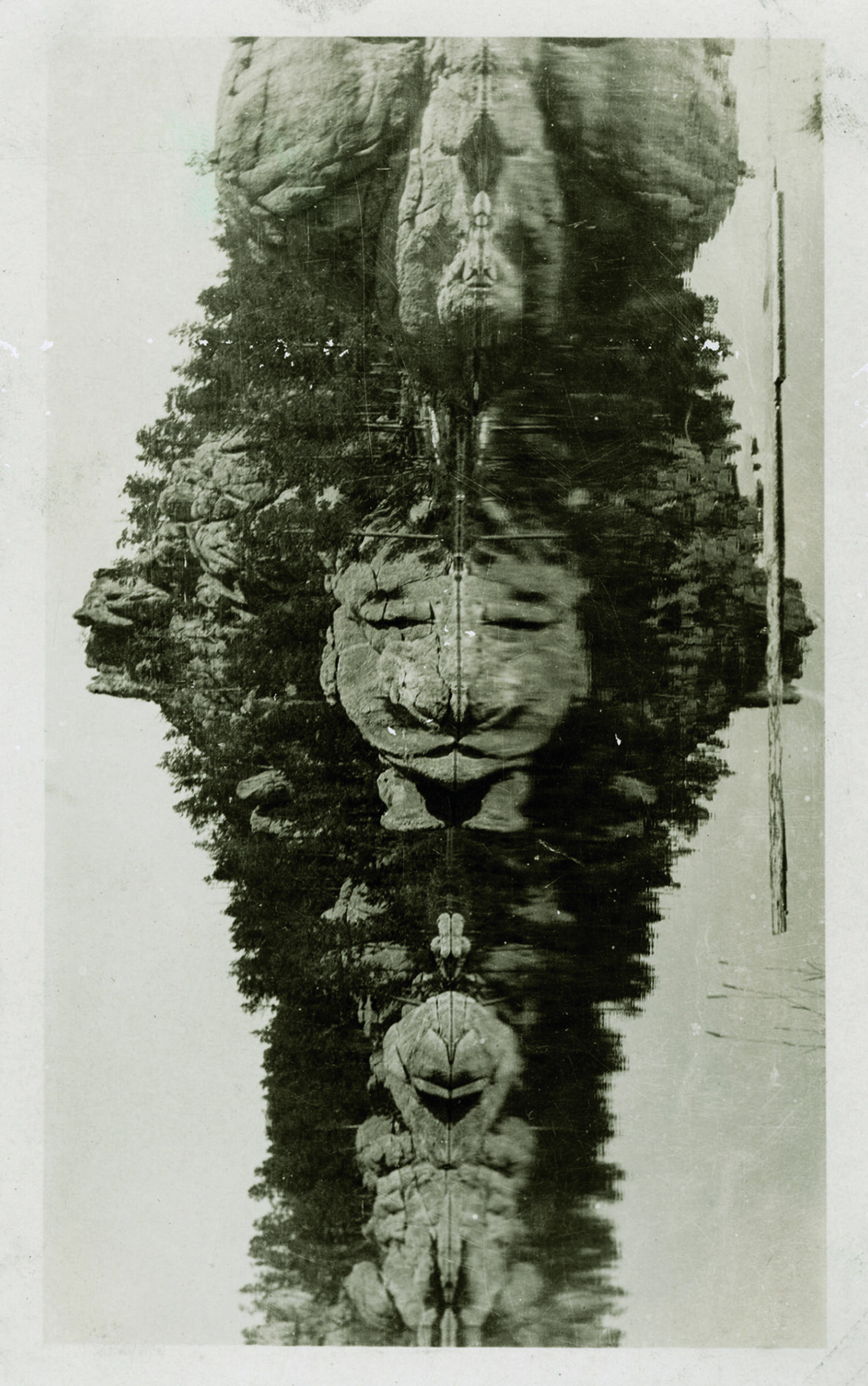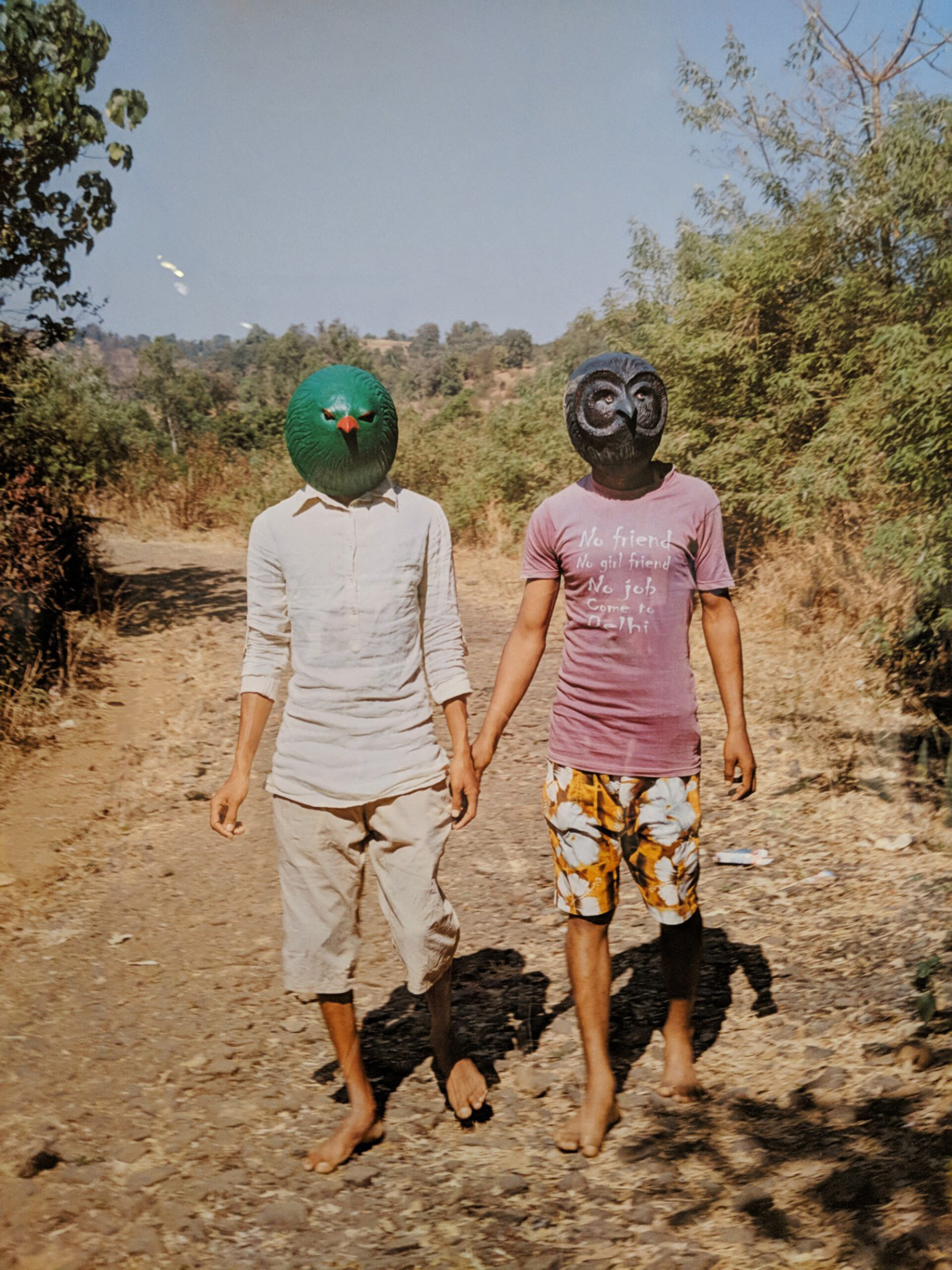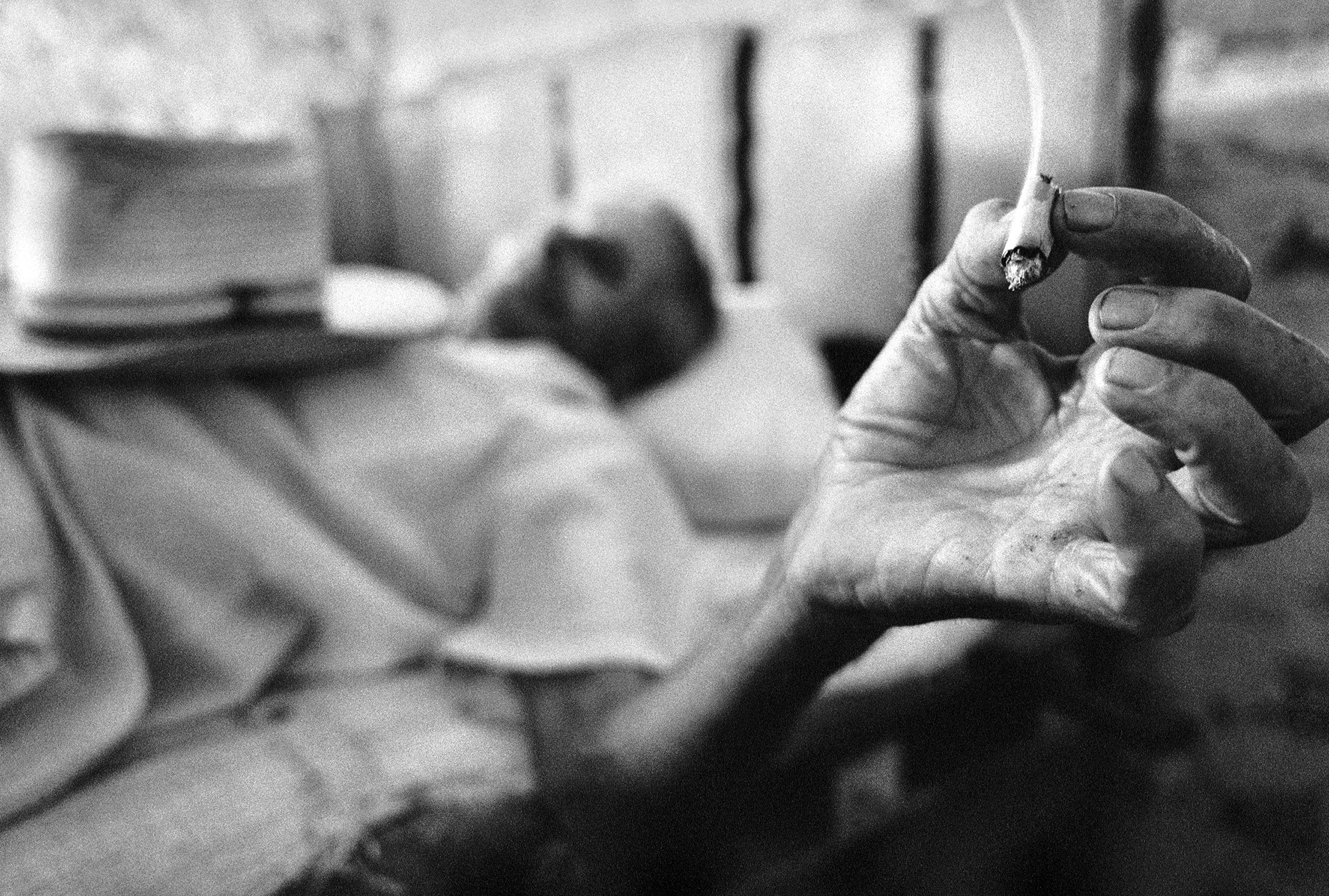Image of the Day
Specially curated
365 Days, 365 Images
of National/International
Photographers
An Image a Day
Let us engage with this
Fascinating Medium that
Breaks all boundaries
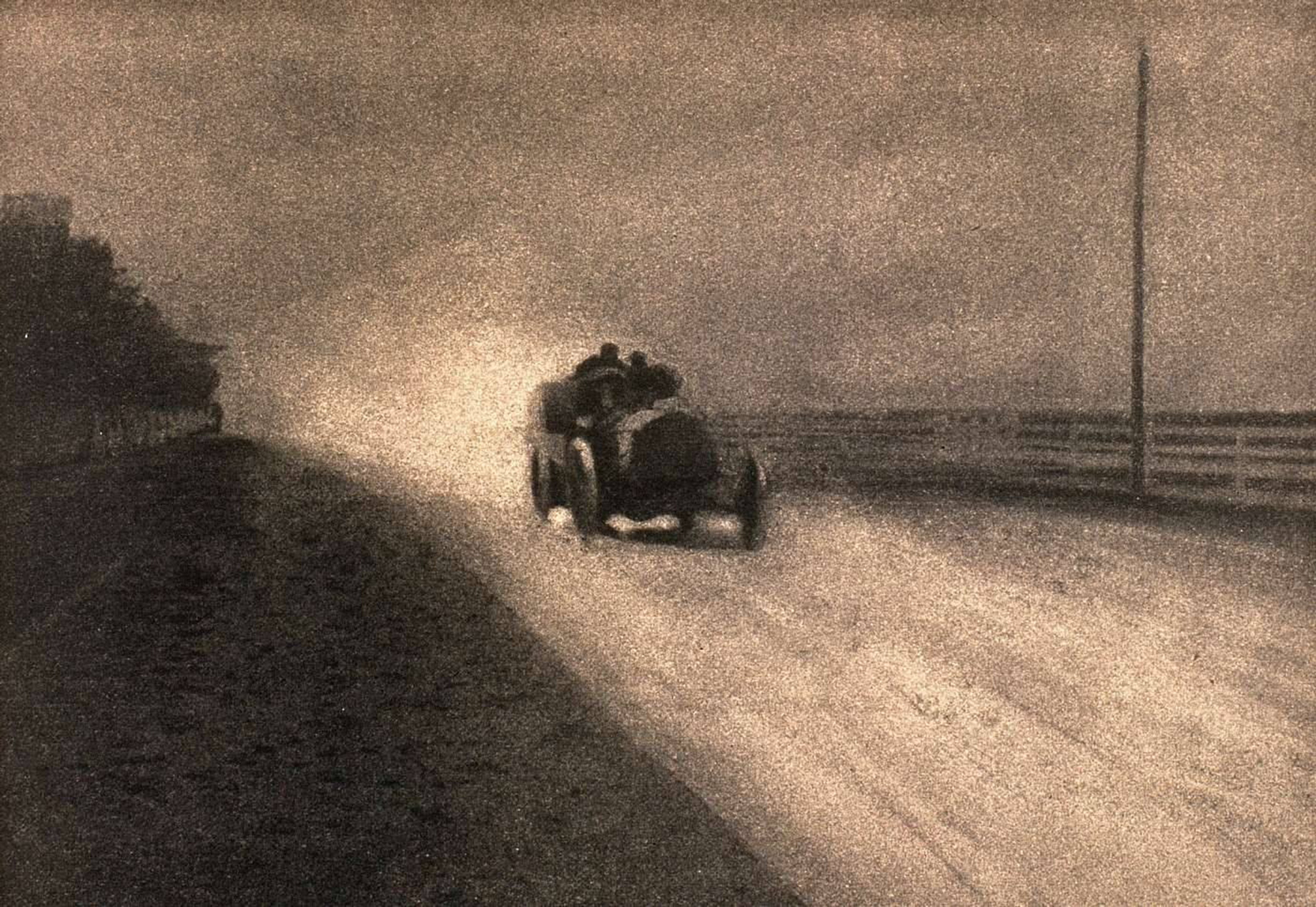
Speed © Robert Demachy, 1904 | Image source internet
Robert Demachy
Do not say that nature being beautiful, and photography being able to reproduce its beauty, therefore photography is Art. This is unsound. Nature is often beautiful, of course, but never artistic ’per se’, for there can be no art without the intervention of the artist in the making of the picture. Nature is but a theme for the artist to play upon. Straight photography registers the theme, that is all – and, between ourselves, it registers it differently.
– Robert Demachy
Robert Demachy (1859–1936) was a French Pictorial photographer of the late 19th and early 20th century. He is best known for his intensely manipulated prints that display a distinct painterly quality. He was influenced by the Impressionist painters and spent most of his time making photographs and developing his theories on photography, both technical and aesthetic. He wrote thousands of articles and several books on photography and was a strong proponent of techniques used to manipulate a photograph such as the gum bichromate process, oil transfers, and scratching of the gelatine.
Léon-Robert Demachy was born in the home of his grandmother in Saint-Germain-en-Laye, on the outskirts of Paris. His parents, Charles Adolphe Demachy and Zoé Girod de l’Ain, had two other sons, Charles Amédée and Adrien Édouard, and a daughter, Germaine (1856-1940?). The elder Charles had started the highly successful financial enterprise of Banque Demachy, and by the time Demachy was born the family was very wealthy. He had no need to earn a living, and there is no record of his having ever been employed anywhere. He dropped the first part of his name in his childhood and was always known as “Robert”.
After his birth, his family returned to their mansion at 13 Rue François Premier in Paris, where Demachy continued to live for the next fifty years. It was sometime in the late 1870s he began experimenting with photography. It’s not known what or who influenced him to become involved, but he could devote as much time and money to this endeavor as he wanted and he quickly became highly proficient with a camera. For the next thirty years, he devoted all of his time to both taking photographs and writing extensively about photography.
In 1882 Demachy was elected to the Société française de photographie, where he interacted with some of the leading photographers in Europe. Within a few years, he became frustrated with the conservative views of many of the photographers around him, and in 1888 he joined with Maurice Bucquet to form the new Photo-Club de Paris. The members of the Photo-Club advocated the aesthetics of Pictorialist photography, and soon the Photo-Club was playing a similar role in France as that of the Photo-Secession in the U.S.
In 1894 he began to use the gum bichromate printing process recently introduced by A. Rouillé-Ladevèze at the Paris Salon. He developed a style that relied upon heavy manipulation of the image both during the development of the negative and again while printing. As he experimented with the process he wrote about his findings and about the aesthetics of the gum print, helping to popularize it among French photographers. Later that year he, along with Constant Puyo, Le Begue, and Bucquet, helped organize the first Paris Salon founded on the artistic principles of the Photo-Club de Paris.
In 1895 he had his first exhibition of gum prints at the Photo-Club de Paris. This helped to promote his increasingly international status, and later that same year he was elected to The Linked Ring in London. In 1897 he published his first book, with co-author Alfred Maskell, Photo-aquatint or Gum Bichromate Process (London: Hazell, Watson & Vinery). In 1898 he began corresponding with Stieglitz, often complaining about the lack of true artistic photography in France. The two would continue writing to each other for more than fifteen years.
During the first decade of the 20th century, Demachy continued his extensive writing about photography, and he soon became one of the prolific writers about photography even to this day. Over his lifetime he wrote more than one thousand articles on the aesthetics and techniques of manipulated prints. During this same period, Demachy had five exhibitions at the Royal Photographic Society in London. Each of these shows marked a new high point in his career, and at each, he gave an opening address to the membership of the Society. He greatly enjoyed talking about both the technical and aesthetic aspects of his work, and he took advantage of every opportunity to engage other photographers in serious discussions about the progress of photography as an art form.
This same year he began experimenting with the Rawlins oil process, a relatively new printing method that allowed extensive reworking of the image. This change allowed him to further blend the aesthetics of a painter with those of a photographer. In his many writings, Demachy took great care to point out that just knowing how to use the technique of image manipulation was not enough to automatically make a photograph a work of art. A true artistic photographer, he said, must know “where to put the accents, were to reduce detail and were to subdue or emphasize form, rather than how to do it.”
In 1905 Demachy was elected to the Royal Photographic Society. At the invitation of the Society, he and Puyo selected the French entries for the London Photographic Salon that year, and he included more than twenty of his own images in the show. About 1906 he abandoned gum-bichromate printing altogether in favor of oil printing. With Puyo, he wrote and published Procédés d’art en photographie (Paris: Photo-Club de Paris). He continued to explore further ways to manipulate his images, and by 1911 he had perfected the modern bromoil process. This allowed him to become even bolder in his visual style, and soon his works attracted a broad international audience. Over the next two years, he exhibited in Paris, Vienna, and New York, as well as London.
Without notice or explanation, Demachy suddenly gave up taking photographs in early 1914. He never again touched a camera, even refusing to take snapshots of his grandchildren. No one was ever able to extract any reason from him for this sudden change, and it remains a mystery to this day.
Published on February 22, 2021
See All Image of the Day | 365 days, 365 images
Share
Related Posts
Ethiopia Project | David Goldman
David Goldman is an American photographer. A 1998 graduate of the University of Rhode Island with a bachelor’s degree in journalism and a minor in Spanish, Goldman’s first job was as a staff photographer at the weekly North County Independent newspaper, in Rhode Island.
Kuda et Sky II | Nick Brandt, Kenya 2020
Nick Brandt (born 1964) is an English photographer. The themes in Nick Brandt’s photographic series always relate to the destructive impact that humankind is having on both the natural world and now humans themselves too.
Untitled Michel Vanden Eeckhoudt Photography
Michel Vanden Eeckhoudt (1947-2015) was a Belgian photographer. He co-founded Agence VU’ with Christian Caujolle in 1986. He is represented by the Gallery Camera Obscura in Paris. Belonging to the tradition of reportage and the “decisive moment”, his works have been widely published. His personal works include Belgian competitions and Immigrants in his country.
Untitled | Jean-Marie Donat
Jean-Marie Donat (born in 1962) lives and works in Paris where he runs the independent creative editorial agency AllRight. For over 35 years he has been gathering a vast photographic collection of vernacular photographs focused on delivering a singular reading of the 20th century.
Acts of Appearance | Gauri Gill, 2015
Gauri Gill (born 1970) is an Indian photographer who lives in New Delhi. Gill earned a BFA (Applied Art) from the College of Art, New Delhi; BFA (Photography) from Parsons School of Design/The New School, New York and MFA (Art) from Stanford University, California.
Cuba by Raúl Cañibano
Raúl Cañibano Ercilla is based in Havana. He was born in 1961. One of the younger generation of photographers born after the Revolution, his work focuses on people, everyday life, history and socialism. He has exhibited world-wide and won a major prize in Cuba for a project on the life of rural workers.


